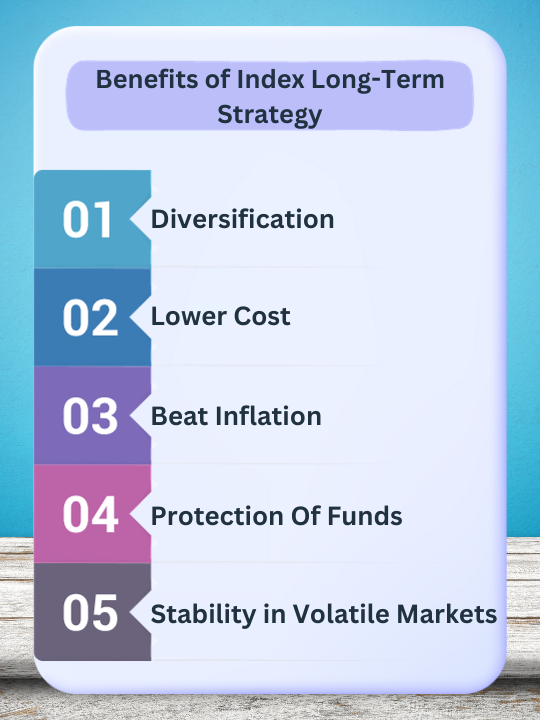Safeguarding Your Wealth: The Importance of Protection in a Bull Market
Introduction:
In the world of investing, navigating through market fluctuations can be a daunting task. While a bull market is synonymous with soaring profits and optimistic sentiments, it is crucial for investors to recognize the significance of protection, especially when the market is at its peak. In this blog post, we will delve into the reasons why safeguarding your wealth is paramount during a bull market, explore the concept of hedging, and shed light on the benefits of adopting an index long-term strategy.
The Illusion of Invincibility:
In the euphoria of a bull market, investors often find themselves caught in the illusion of invincibility. As stock prices surge, it is easy to become complacent and overlook the inherent risks that come with market cycles. However, history has shown that what goes up must eventually come down. Therefore, acknowledging the cyclical nature of financial markets is the first step toward understanding the importance of protection.
Why Hedging Matters:
Hedging is a risk management strategy that involves taking counterbalancing positions to offset potential losses in your investment portfolio. While some investors may view hedging as a conservative approach, it is, in fact, a prudent way to mitigate risks during market peaks. Hedging allows investors to protect their portfolios from the inevitable market corrections and downturns that follow periods of exuberance.
Market Corrections and Downturns:
Market corrections are a natural part of the economic cycle. Even in the most robust bull markets, there are bound to be corrections that can erode significant portions of an investor’s gains. Hedging provides a safety net by employing various instruments such as options, futures, or inverse exchange-traded funds (ETFs) to counteract potential losses. This strategic approach helps investors weather the storm and maintain a more resilient portfolio.
The Role of Index Long-Term Strategy:
Adopting an index long-term strategy complements the concept of protection during market highs. Instead of attempting to time the market or pick individual stocks, investing in broad market indices provides a diversified and stable approach. Index funds often consist of a broad array of stocks, spreading risk across various sectors and companies. This diversification helps mitigate the impact of a downturn in any single stock or sector.
Index long term strategy provided by Finideas
The Index Long Term Strategy is a unique investment strategy that combines various asset classes like Index, Futures, Options & Debt funds. This strategy aims to provide prosperity by combining equity (through index ETFs and futures) and safety (through options and debt funds). It is designed to help investors benefit from diversification, consistency, and the power of compounding to build wealth over time. It also offers protection against market falls and enables profit from market fluctuations.
Benefits of Index Long-Term Strategy:
- Diversification: Index funds inherently offer diversification, reducing the risk associated with individual stocks.
- Lower Costs: Index funds typically have lower management fees compared to actively managed funds, contributing to cost-effective investing.
- Stability in Volatile Markets: During market turbulence, index funds tend to provide more stability, as they are not as susceptible to the erratic movements of individual stocks.
- Beat Inflation: It is designed to stand the test of time and beat inflation, which is often referred to as the silent wealth killer.
- Protection of Fund: This strategy takes hedging so that your funds get protected against the worst market conditions.
Conclusion
In conclusion, while a bull market can be financially rewarding, it is essential for investors to prioritize protection to safeguard their wealth. Hedging strategies and adopting an index long-term approach are valuable tools in the investor’s toolkit. By understanding the risks associated with market peaks and implementing these protective measures, investors can navigate through market fluctuations with confidence and secure their financial well-being in the long run. Remember, the key to successful investing is not just maximizing gains but also minimizing potential losses.
How do you currently approach protecting your investments during a bull market, and have you considered incorporating hedging or adopting an index long-term strategy for added protection? Share your insights and experiences in the comments below!


